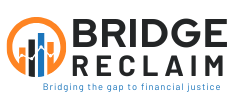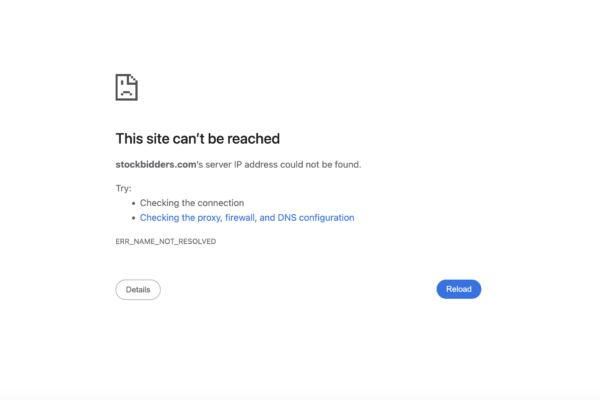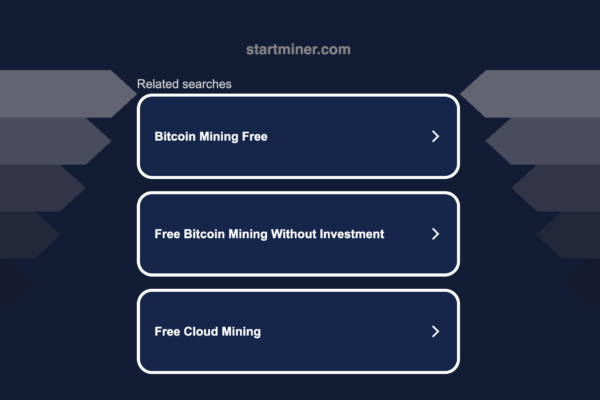Titaniumwallet.io Scam Exposed: A First-Hand Tale of Deception
Introduction: A Digital Mirage Turned Nightmare
My foray into cryptocurrency was inspired by stories of freedom, decentralization, and financial growth. Like many others, I was attracted to the notion of having full control over my assets. Unfortunately, this very desire led me to a devastating encounter with Titanium Wallet, operating under domains like titaniumwallet.io and titanium-wallet.org. What began as a promising relationship quickly unraveled into a sophisticated and painful scam that cost me thousands of dollars and countless hours of emotional strain.
This blog post is not just a recount of personal loss but a cautionary tale. I aim to detail my experience with Titanium Wallet to raise awareness, educate others, and hopefully prevent more unsuspecting individuals from falling into similar traps.
Chapter 1: The Perfect Bait
Titanium Wallet appeared sleek and professional. Its website design was modern, the user interface intuitive, and the promises tantalizing. They claimed to offer top-tier crypto wallet services, including staking features with guaranteed returns of up to 5% daily. It seemed too good to be true—but it was marketed so convincingly that skepticism was momentarily silenced.
From testimonials to beautifully crafted FAQs, everything about Titanium Wallet felt legitimate. I found numerous supposed reviews praising the platform for its ease of use and efficiency. There were even fake news articles circulating, portraying the platform as a rising star in the crypto world.
Tempted by the possibility of compounding my savings, I created an account. The setup process was simple, and within minutes, I was part of the Titanium ecosystem.
Chapter 2: First Investments and False Comfort
To start, I transferred a small amount of Bitcoin—just enough to test the waters. My dashboard immediately updated to show my balance, and shortly after, I began seeing supposed daily returns reflected in my account. Encouraged by the platform’s responsiveness, I made a second deposit, this time larger.
The site offered staking incentives: locking up your assets for a period to receive higher interest. It seemed like a smart move. I opted in. Then came the flood of emails—encouraging further deposits, promising bonuses, and warning that certain high-yield staking windows were about to close. The urgency tactic worked; I invested more.
Over the course of a few weeks, my total deposit grew to several thousand dollars. My account dashboard painted a picture of success: my portfolio showed constant growth, and customer service seemed attentive. It felt safe. It felt real.
Chapter 3: The Withdrawal Maze
The illusion of security shattered when I tried to withdraw a portion of my funds.
The request initially went through a “verification process.” I was told my account needed to complete an AML (Anti-Money Laundering) check. That required an additional payment of $2,000 in crypto to “verify the origin of funds.”
It was frustrating, but I convinced myself this was a necessary step in line with financial compliance. I paid. Days passed with no response. I followed up via email and chat, and finally received a reply: another fee was required—this time, a “wallet unlocking fee” of $5,000.
My suspicions grew. I asked why these fees weren’t mentioned earlier. Their response was vague and scripted. Still, hoping to reclaim my investment, I sent the amount.
Again, silence.
Weeks passed. My funds remained inaccessible. Each time I contacted them, I was met with either silence or more demands. They now claimed my account was flagged for “international compliance hold” and needed another $7,000 to be released.
That’s when it clicked: I was being scammed.
Chapter 4: The Realization and Emotional Fallout
It’s hard to describe the emotional toll of realizing you’ve been conned. I felt anger, shame, and helplessness. How could I, a careful and informed individual, fall for something so deceptive?
I began researching Titanium Wallet more deeply. I discovered a growing list of victims who shared identical stories.
Their experiences mirrored mine:
- Initial small withdrawals were successful to build trust.
- Then came requests for additional verification fees.
- Funds would never be released, regardless of how much was sent.
There were also official warnings from financial regulatory bodies, clearly stating that Titanium Wallet was not a registered entity and was operating illegally.
I felt sick. But I knew I had to act.
Chapter 5: Reporting and Rebuilding
I reported the incident to my local cybercrime unit. Although they acknowledged the platform was fraudulent, the chances of recovery were slim due to the anonymous and decentralized nature of cryptocurrency.
I also filed a report with national financial regulators and submitted my case to online scam registries. Public exposure was my only weapon now.
Though I never fully recovered my lost assets, I began to rebuild:
- I diversified my savings across regulated platforms.
- I invested in education—learning how to spot phishing, Ponzi schemes, and other scam tactics.
- I strengthened my cybersecurity hygiene, from 2FA to password managers.
Most importantly, I accepted that mistakes happen, even to careful people.
Chapter 6: Identifying the Red Flags
Looking back, there were several warning signs I ignored:
- Unrealistic Returns: Daily interest of 5% is simply not sustainable in any legitimate investment. It’s a classic lure.
- Urgency Tactics: High-pressure sales techniques like time-limited bonuses or account locks are designed to override logical thinking.
- Hidden Fees: No regulated platform will ask for multiple fees to release your own funds.
- Anonymity: The lack of transparent ownership, contact details, and regulatory licensing should have raised red flags.
- Fake Reviews: Many positive reviews were fabricated, often copied word-for-word across unrelated sites.
- No Regulatory Oversight: Legitimate crypto services are registered with financial authorities and display compliance documentation publicly.
Chapter 7: The Bigger Picture
Titanium Wallet is not an isolated case. It is part of a growing trend of professional-looking scam platforms that exploit the decentralized and unregulated nature of the crypto world.
These scams often:
- Clone real platforms or create entirely new ones.
- Run short-term operations, then vanish and rebrand.
- Use social media and bot-generated content to appear legitimate.
- Target victims across multiple countries, making enforcement difficult.
Regulation and user education are crucial. Governments must crack down harder, but users also need to exercise due diligence before investing anywhere.
Conclusion: From Victim to Advocate
Titaniumwallet.io exhibits all the characteristics of a scam broker. From its recent registration in December 2024 to its lack of regulation, unrealistic promises, and withdrawal issues, this platform is designed to defraud unsuspecting investors. If you have lost money to this scam, seeking professional recovery assistance is crucial. BRIDGERECLAIM.COM offers specialized services to help victims reclaim their funds and take legal action against fraudulent brokers.
To avoid falling victim to such scams in the future, always conduct thorough research before investing with any online trading platform. Stick to regulated brokers, verify credentials, and remain cautious of high-return promises that seem too good to be true.
Do you want to report a lost or stolen asset? Click here.





